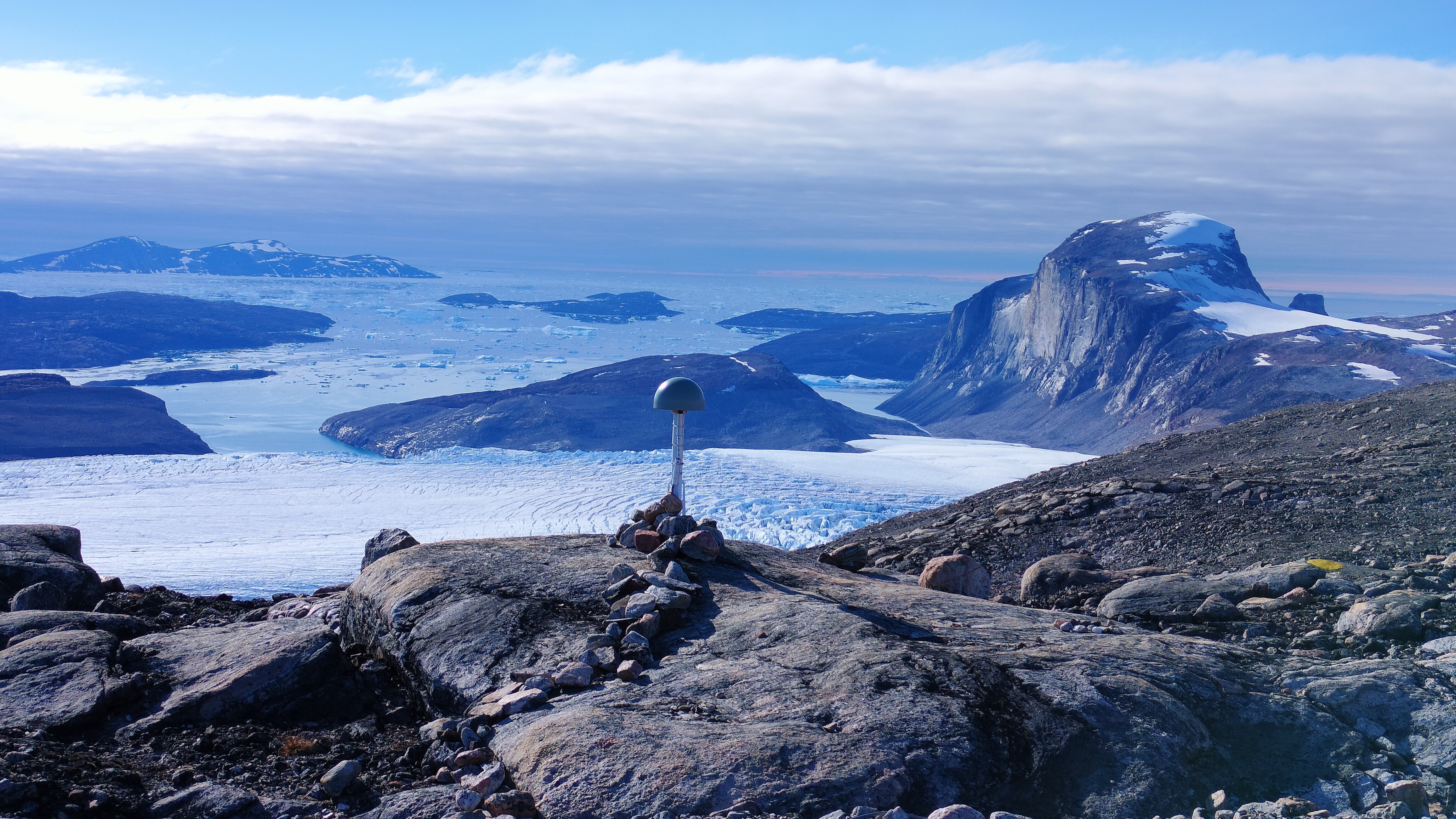Science Spotlight: Discover the research changing our understanding of the world
Latest about science spotlight

A long-lost ice sheet could predict the future of New York City — one in which Lower Manhattan and Coney Island are 'perpetually submerged'
By Evan Howell published
Scientists are rethinking what we knew about a vanished ice sheet — and that could spell trouble for New York City.
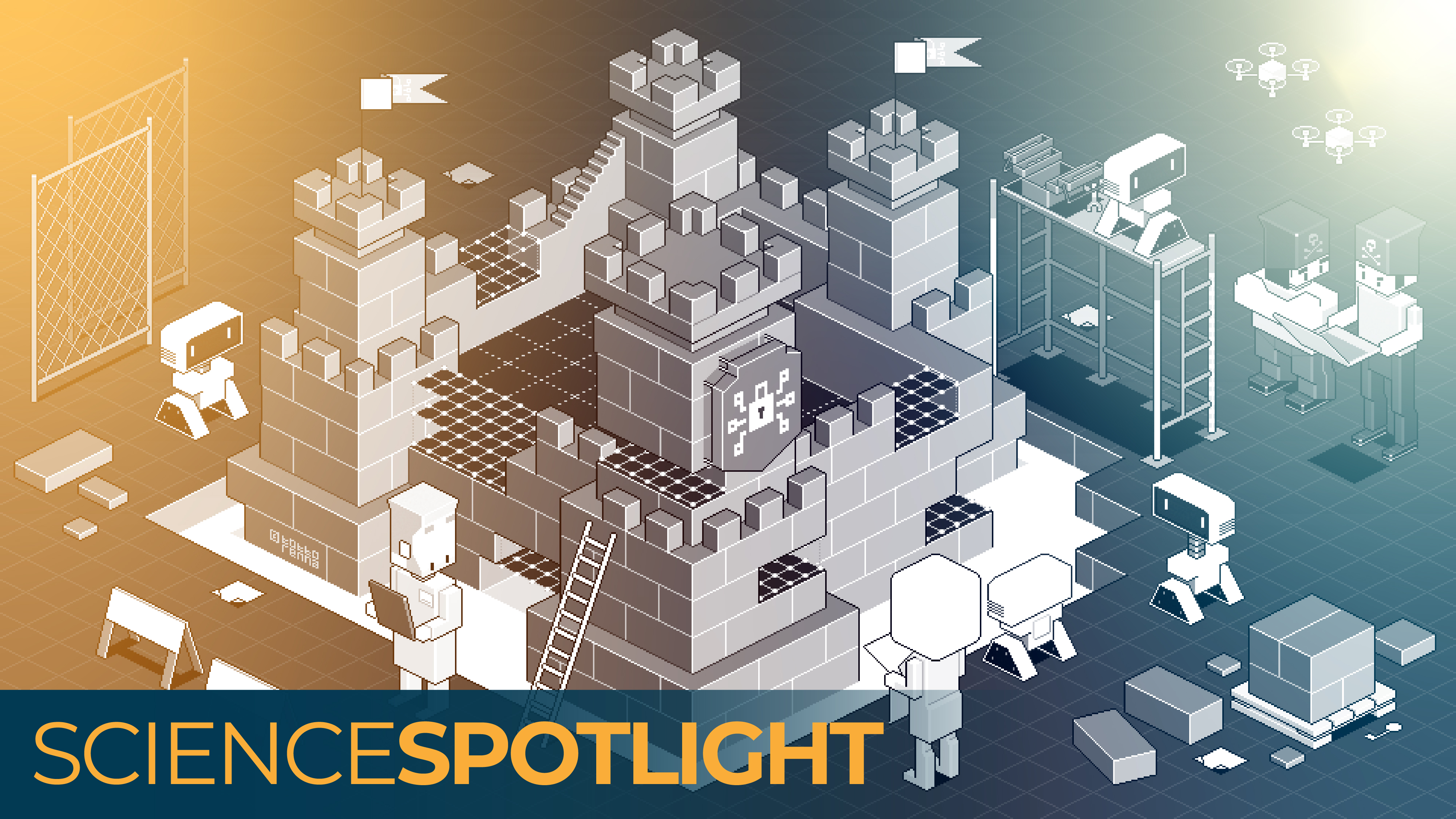
Quantum computers are a dream come true for hackers. Can we stop them?
By Joanna Thompson published
When quantum computers become commonplace, current cryptographic systems will become obsolete. Scientists are racing to get ahead of the problem and keep our data secure.
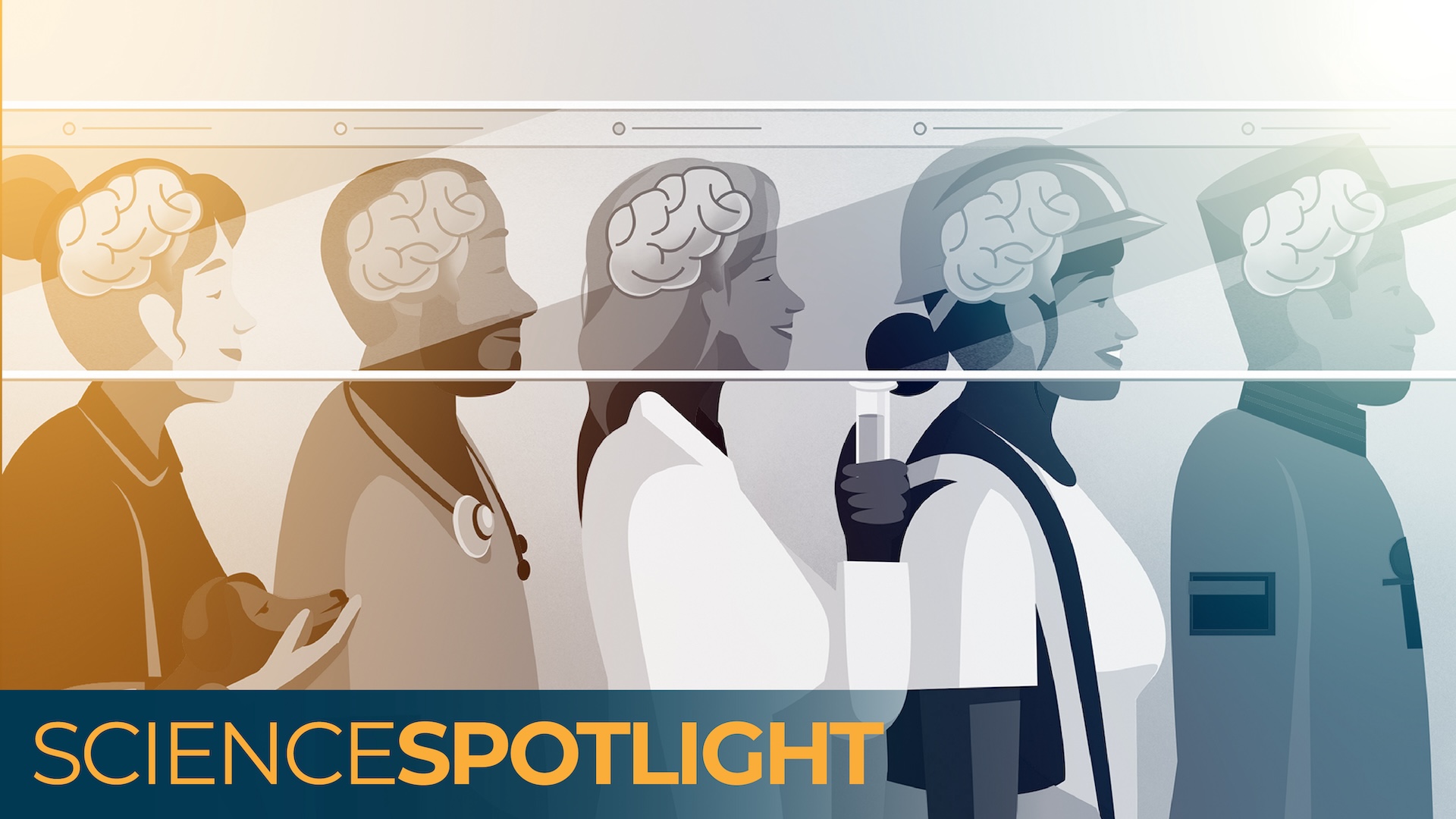
Is there really a difference between male and female brains? Emerging science is revealing the answer.
By Nicoletta Lanese published
Brain scans, postmortem dissections, artificial intelligence and lab mice reveal differences in the brain that are linked to sex. Do we know what they mean?

Invisible DNA lurks everywhere in the environment — and we're on the verge of decoding its secrets
By Hannah Osborne published
Environments are littered with the DNA of the creatures that inhabit them. Analyzing it could provide a real-time view of how our planet is changing.

Was Alexander the Great eaten by sharks? Inside the wild theories for what happened to the iconic ruler's body.
By Jennifer Nalewicki published
The remains of Alexander the Great may lie under the streets of Alexandria, they may have been "eaten by a shark," or they may be somewhere else entirely. But one thing is certain: Archaeologists don't agree.
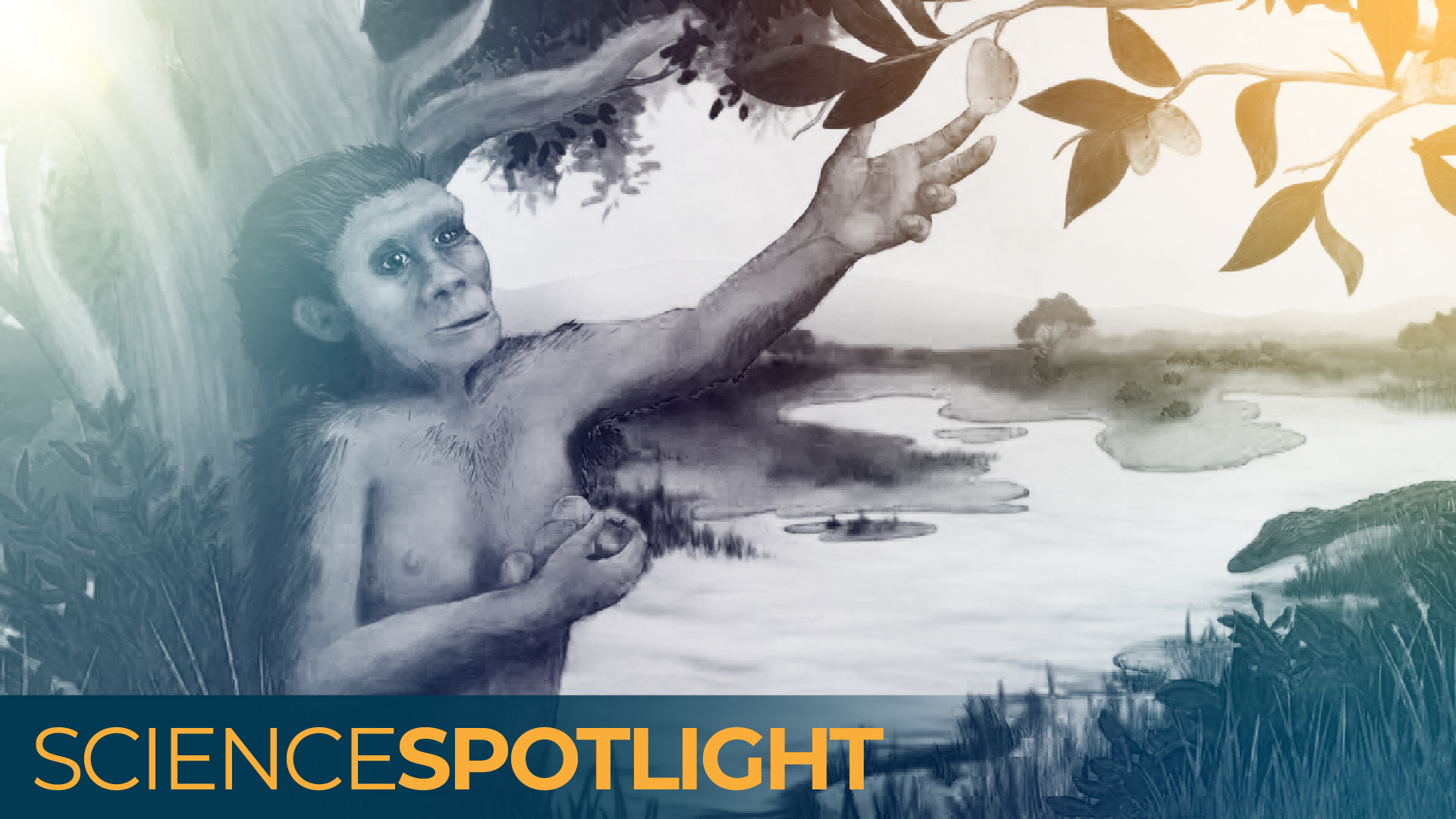
Lucy's last day: What the iconic fossil reveals about our ancient ancestor's last hours
By Kristina Killgrove published
Feature Fifty years after a fossil skeleton of Australopithecus afarensis was unearthed in Ethiopia, we know so much more about how this iconic species lived and died.
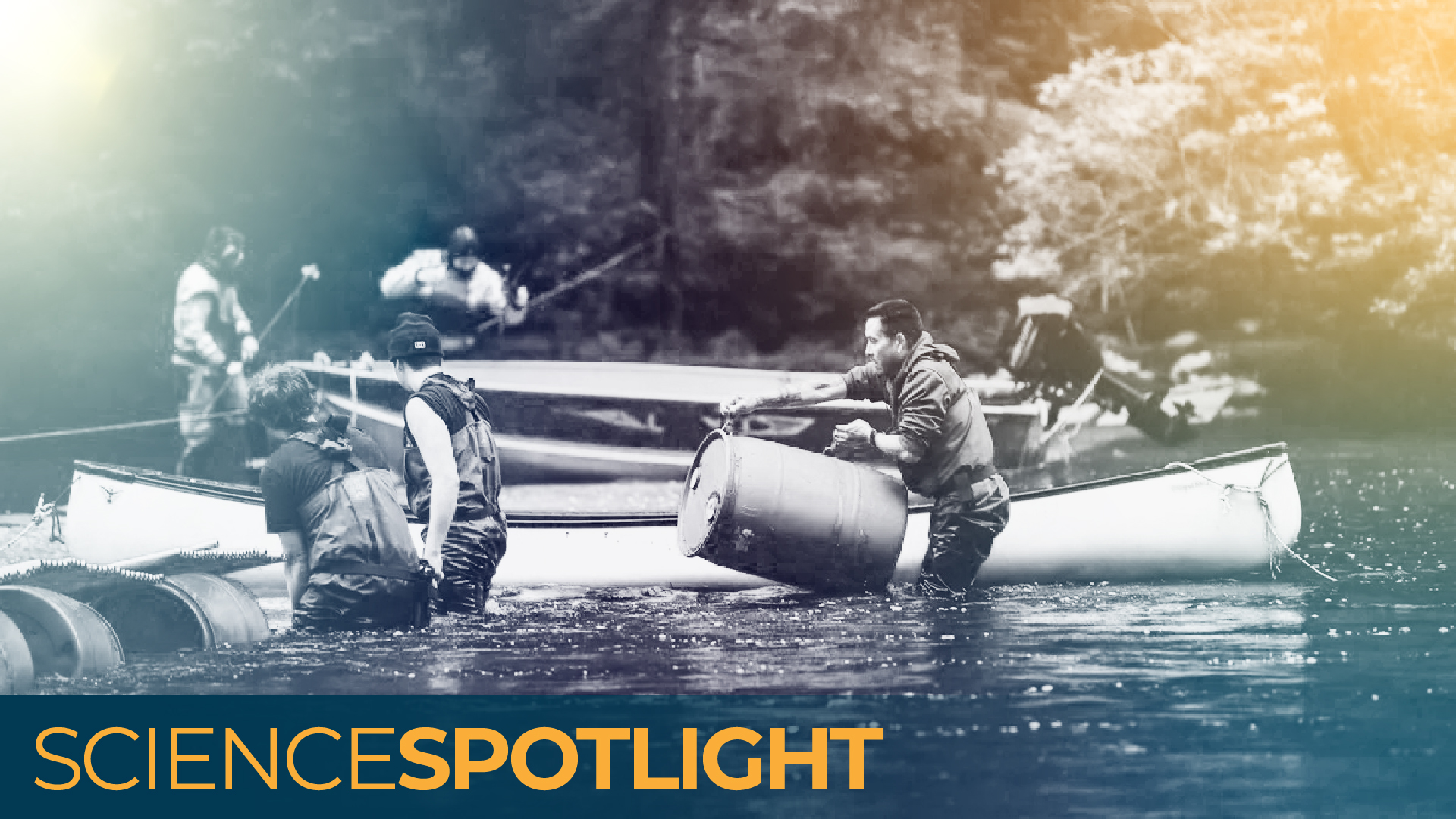
Bear hair and fish weirs: Meet the Indigenous people combining modern science with ancestral principles to protect the land
By Jane Palmer published
Feature The Heiltsuk of British Columbia are using a mix of traditional principles and modern implementation to protect salmon and bears in their territory.
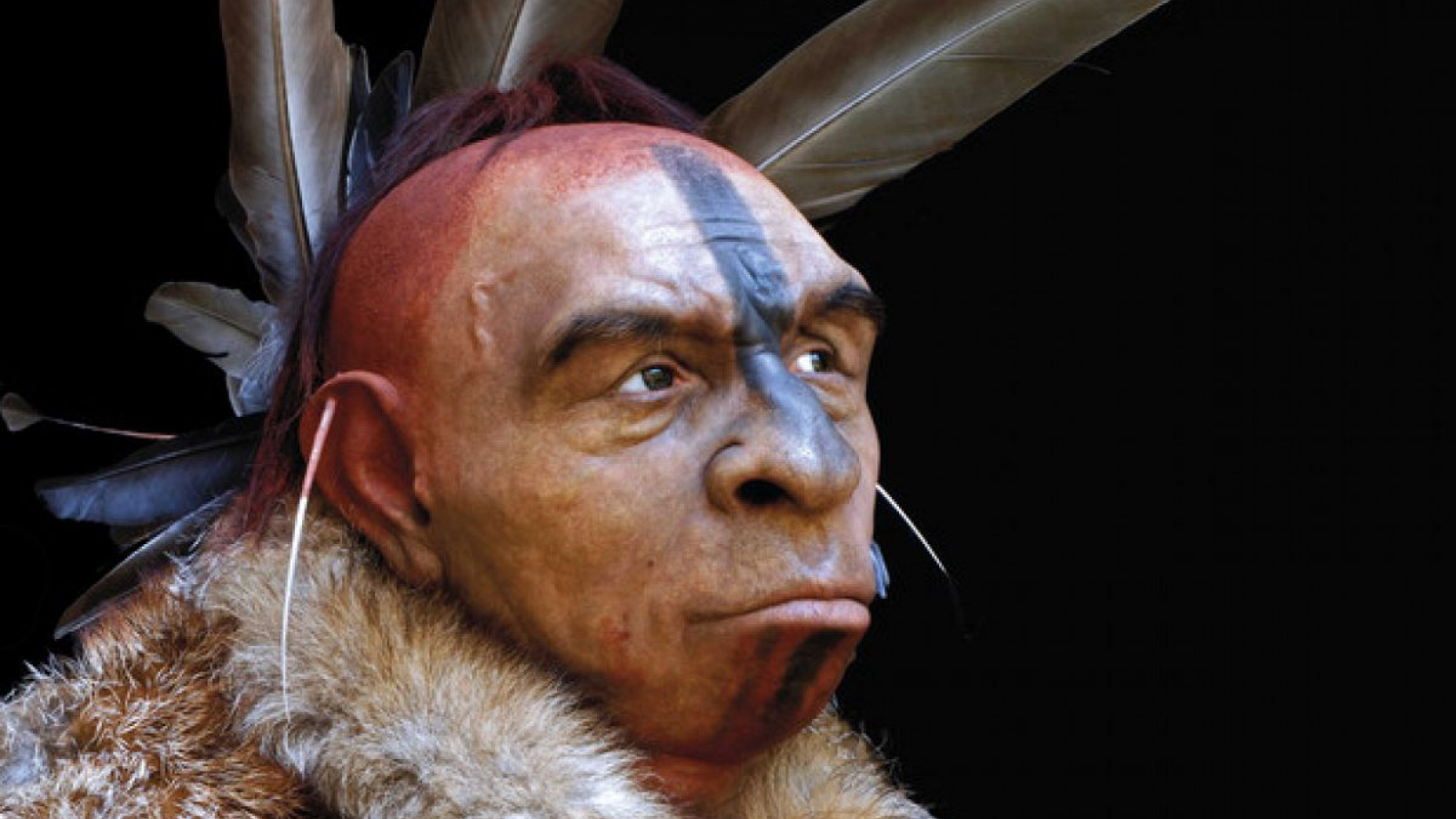
Did we kill the Neanderthals? New research may finally answer an age-old question.
By Kristina Killgrove published
Feature A complex picture of how Neanderthals died out, and the role that modern humans played in their disappearance, is emerging.

Drinking wastewater, building an island from scratch and creating an urban forest: 3 bold ways cities are already adapting to climate change
By Meg Duff published
Feature Climate change will fundamentally challenge the world's urban centers. Three cities — San Diego, Milan and Jakarta — offer lessons for how to adapt to a warming planet.

'Closer than people think': Woolly mammoth 'de-extinction' is nearing reality — and we have no idea what happens next
By Sascha Pare published
Feature Scientists are getting very close to bringing a few iconic species, like woolly mammoths and dodos, back from extinction. That may not be a good thing.
Get the world’s most fascinating discoveries delivered straight to your inbox.
